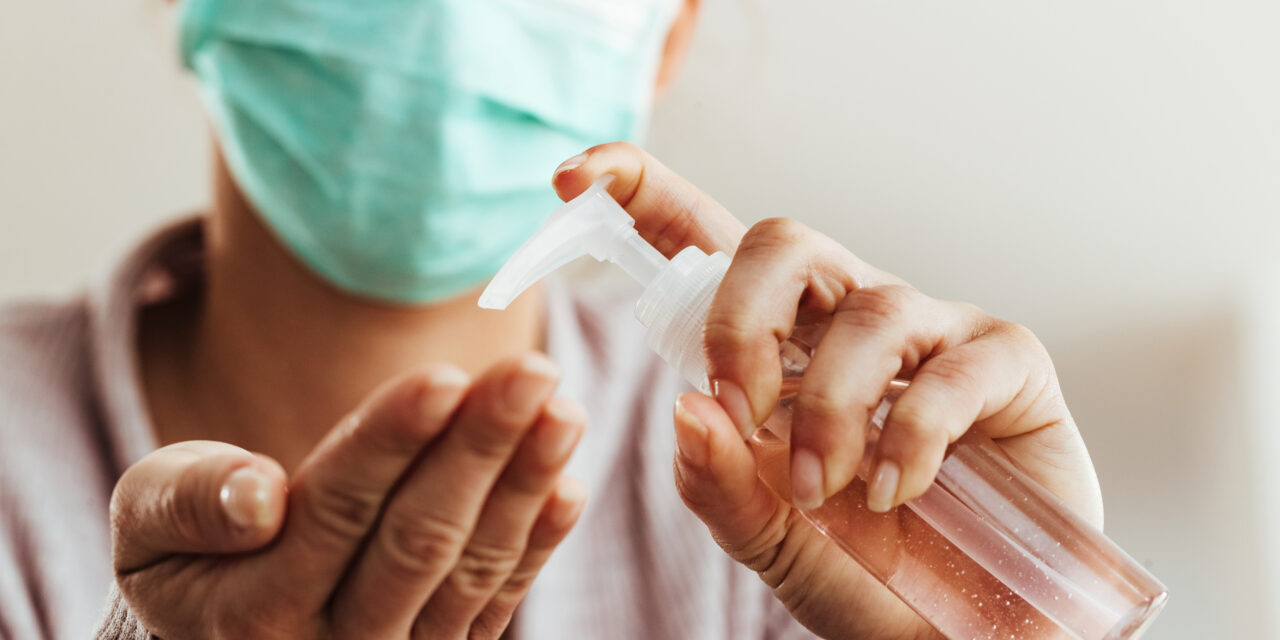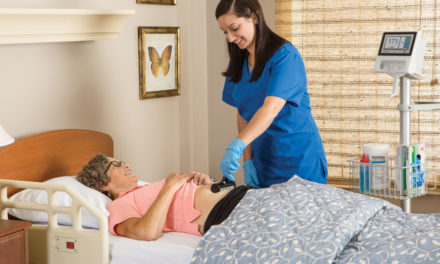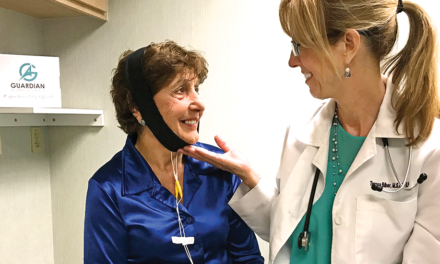1. Post Signage for Staff and Visitors that Encourage Good Infection Prevention Practices
Clear and informative signage is essential. Post visible signs throughout your facility encouraging good infection prevention practices such as washing hands, the use of personal protective equipment (PPE), staying home when sick, and maintaining physical distancing. Frequent reminders will help ensure that everyone takes necessary precautions to reduce the risk of spreading infections.
2. Promote Flu Vaccination and Sick Leave
Encourage all staff to receive their annual flu vaccine. Annual flu shots can significantly decrease the risk of illness among staff members. Additionally, make it a policy for employees to stay home when they are feeling unwell or exhibiting symptoms of an illness. This prevents the spread of infections within your facility and protects vulnerable populations.
3. Hand Hygiene
Handwashing is one of the most effective ways to prevent the spread of infections. Encourage proper hand hygiene among staff, residents, and visitors – hands should be washed frequently with soap and water for at least 20 seconds. Ensure that soap and water are readily available, and when they are not, set up hand sanitizing stations with dispensers in convenient and strategic locations. As a best practice, your hand sanitizer solutions should contain at least 60% alcohol.
4. Appropriate PPE Usage
Ensure that staff wear the appropriate PPE when working in situations that may expose them to potential infections or hazardous materials. This may include gloves, masks, gowns, and eye protection. Emphasize the importance of changing PPE after each use, especially when working with residents in isolation or under Enhanced Barrier Precautions (EBP).
5. Effective Surface Cleaning
Remove visible soil from all hard surfaces and floors regularly. Microfiber cloths and mops are superior to cotton in picking up dirt and can help minimize cross-contamination. Implementing microfiber solutions on a cleaning schedule helps maintain cleanliness with less effort and cost.
6. Proper Disinfection
After cleaning hard surfaces, use EPA-registered disinfectants to kill germs effectively. Prioritize high-touch surfaces such as doorknobs, light switches, and handrails. Follow manufacturer recommendations for contact time and compatibility with various materials. Rinse surfaces with clean water as directed after the contact time has elapsed.
7. Utilize Enhanced Disinfection Tools
Consider the use of advanced technologies like UV-C towers for targeted disinfection and terminal cleans. These tools can help ensure thorough disinfection in hard-to-reach areas.
8. Install Far-UVC Lights
Install Far-UVC lights in high-traffic areas, such as hallways, lobbies, dining rooms, and therapy gyms. These lights can help kill germs both in the air and on surfaces, providing an extra layer of protection for residents and staff.
9. Implement Environmental Process Surveillance
Utilize environmental process surveillance technology to track bioload and inform environmental staff where to focus their cleaning efforts. This data-driven approach ensures that resources are used efficiently to prevent infections.
10. Water Management Technology
Make use of water management technology to monitor and maintain water quality. An inadequately maintained water system in a building could provide an environment more conducive to bacterial growth, potentially putting residents and staff at risk. Ensuring the cleanliness and safety of water supply systems can effectively reduce the risk of waterborne infections.
Stay informed about the latest guidelines and technologies to continually improve your infection prevention efforts.




